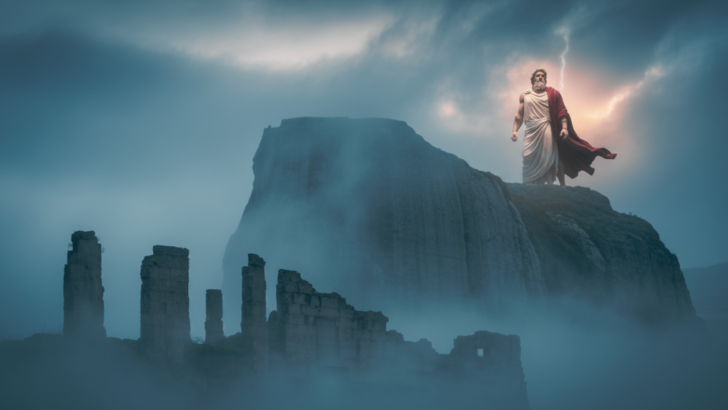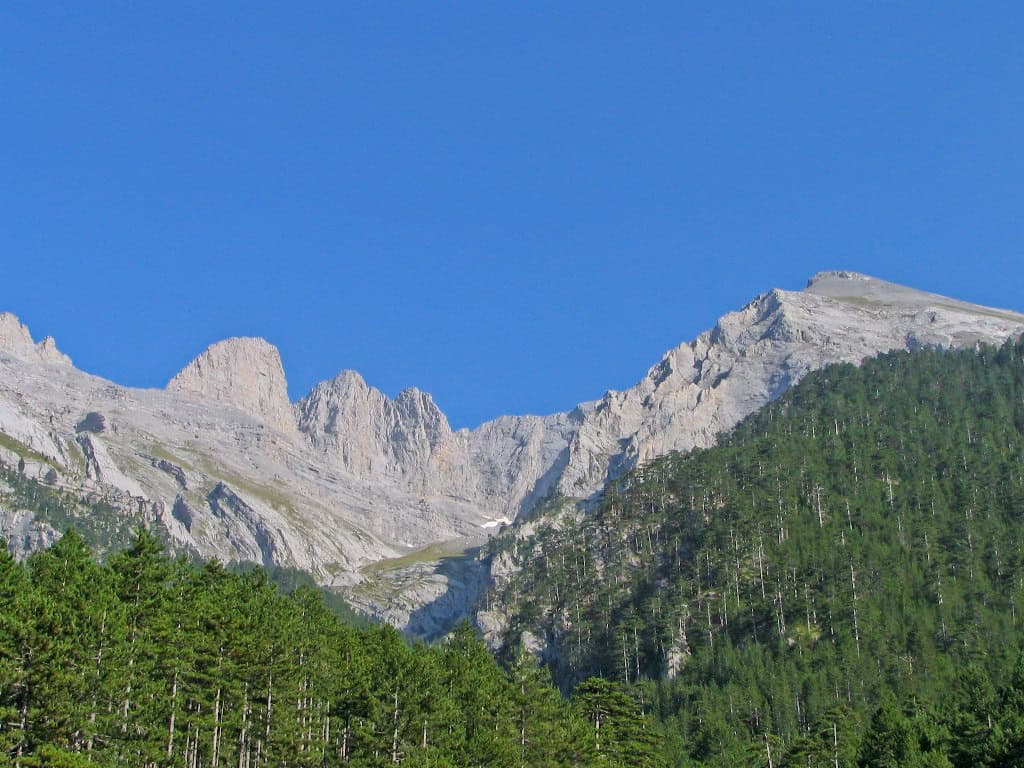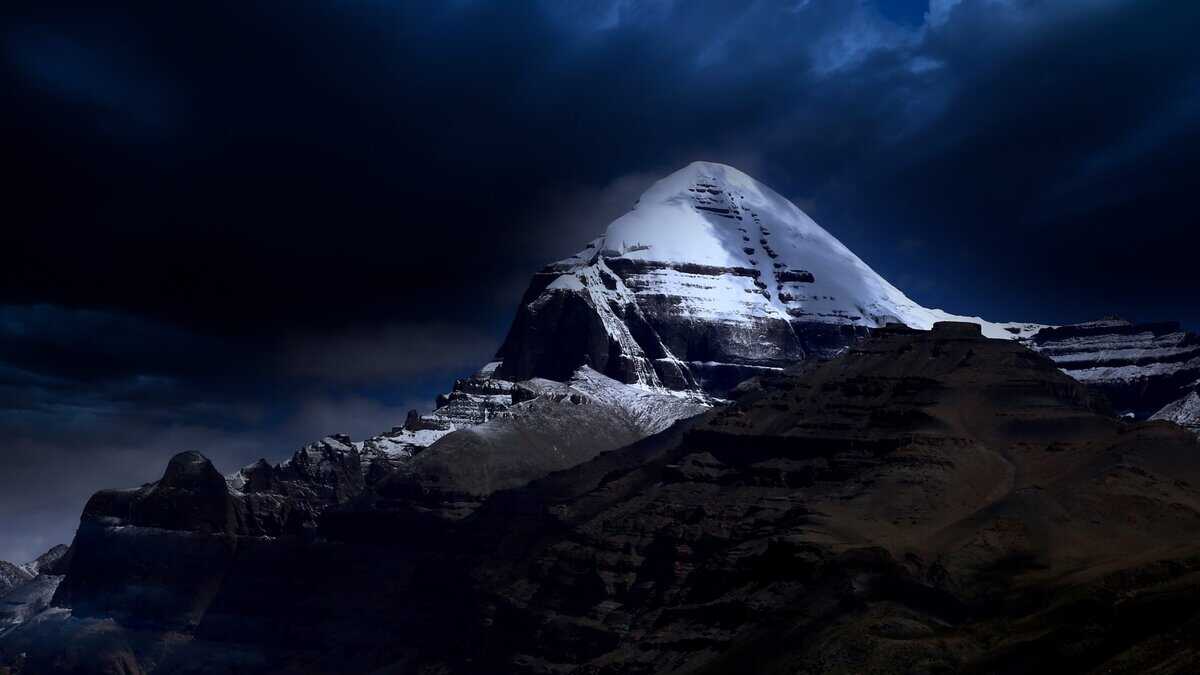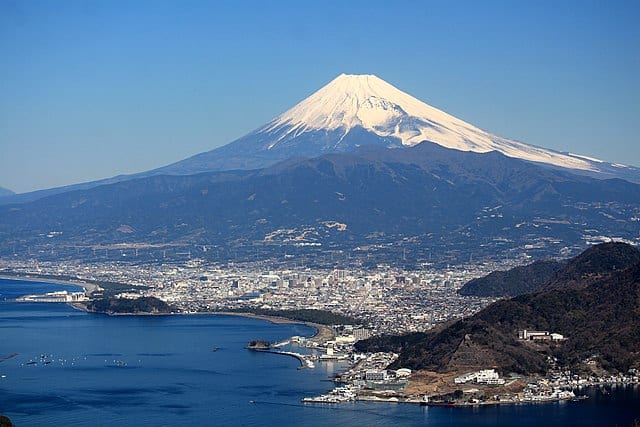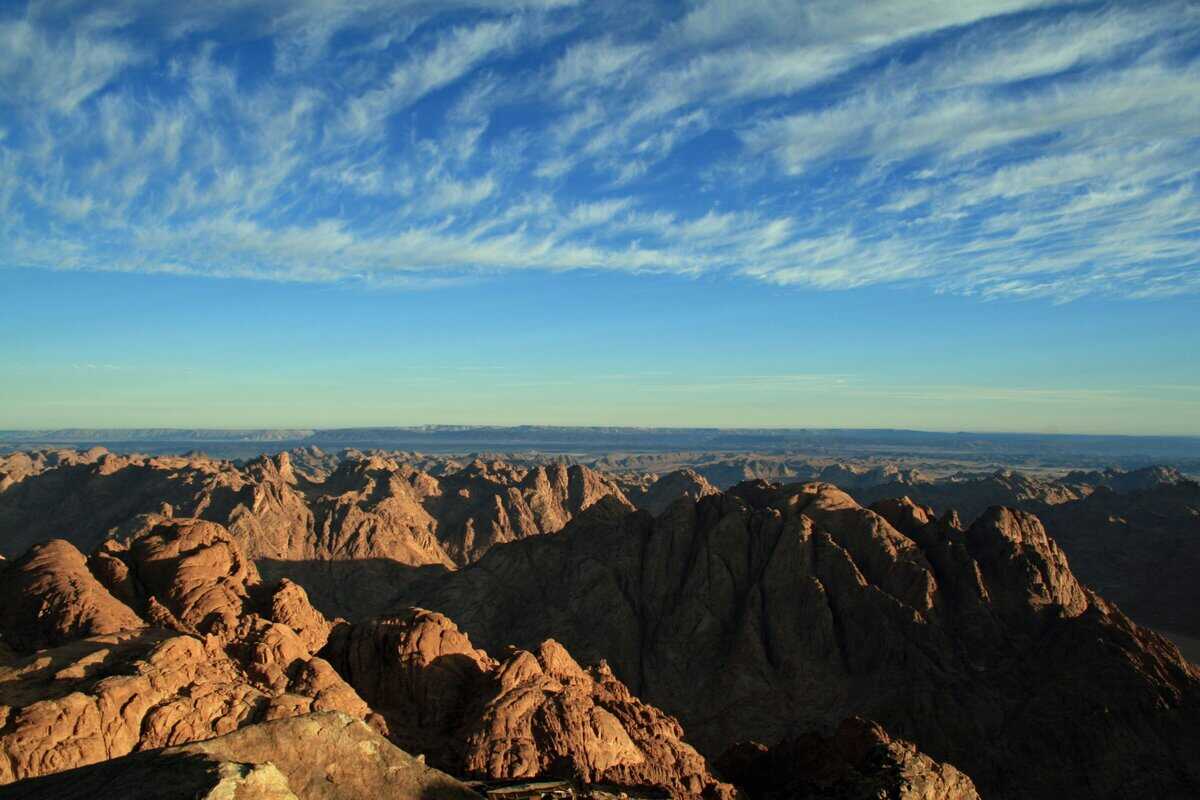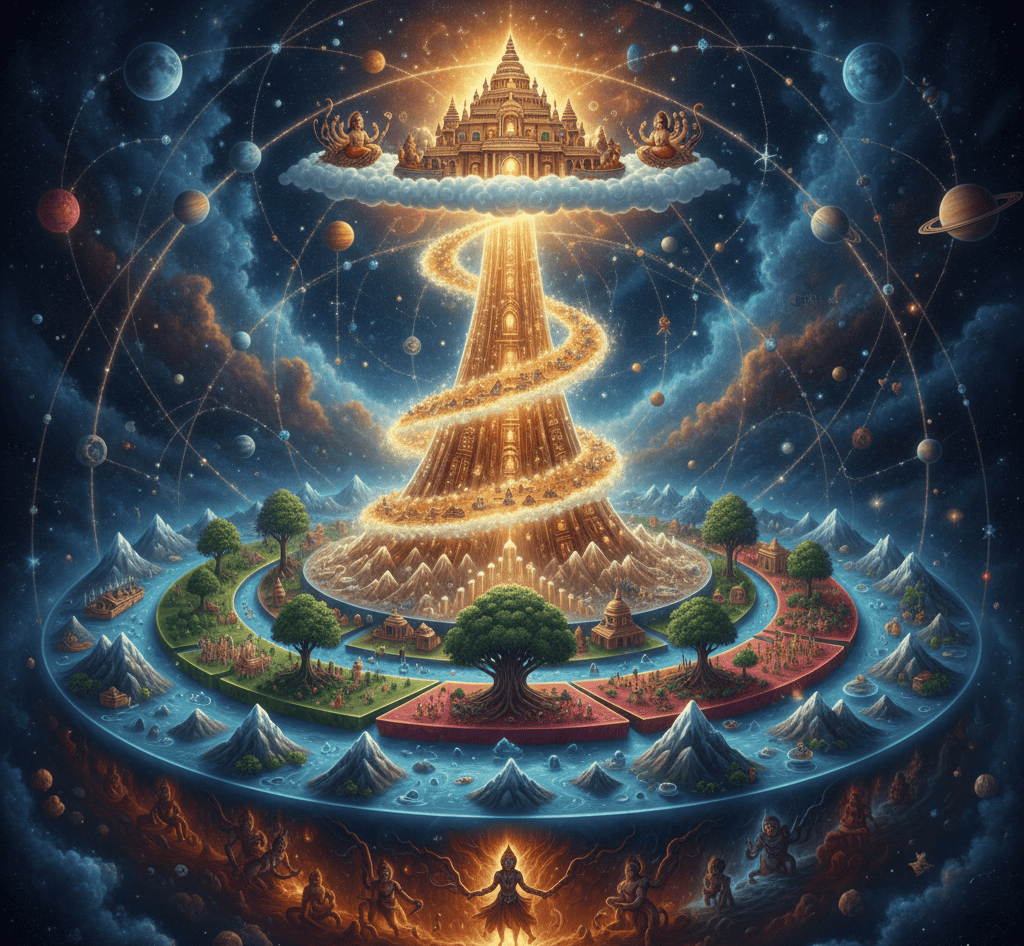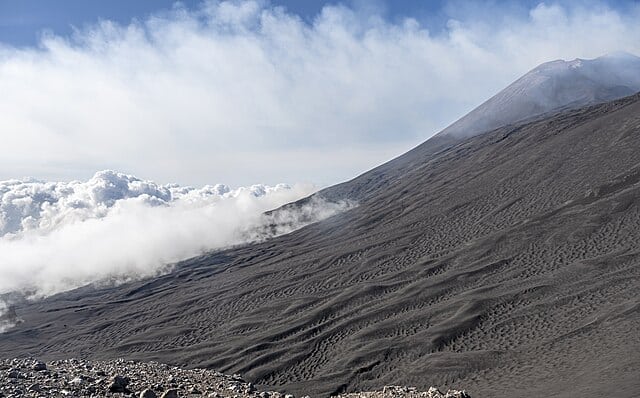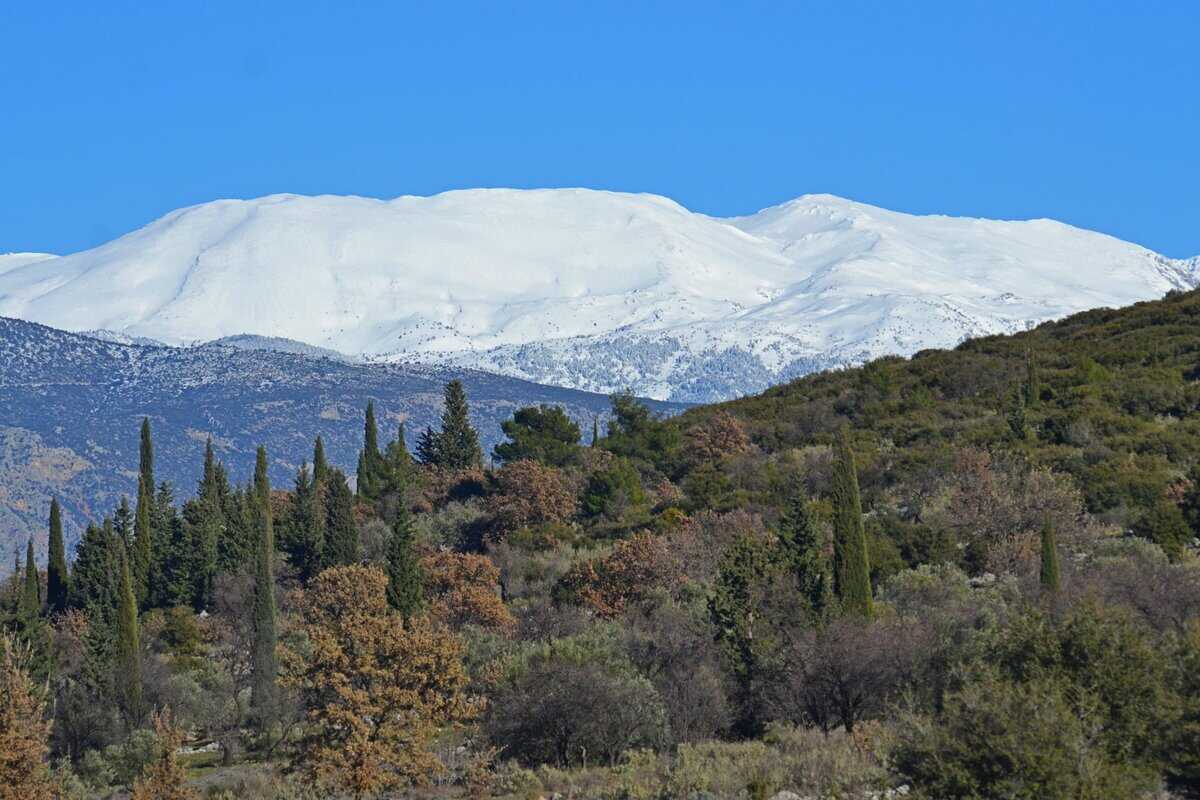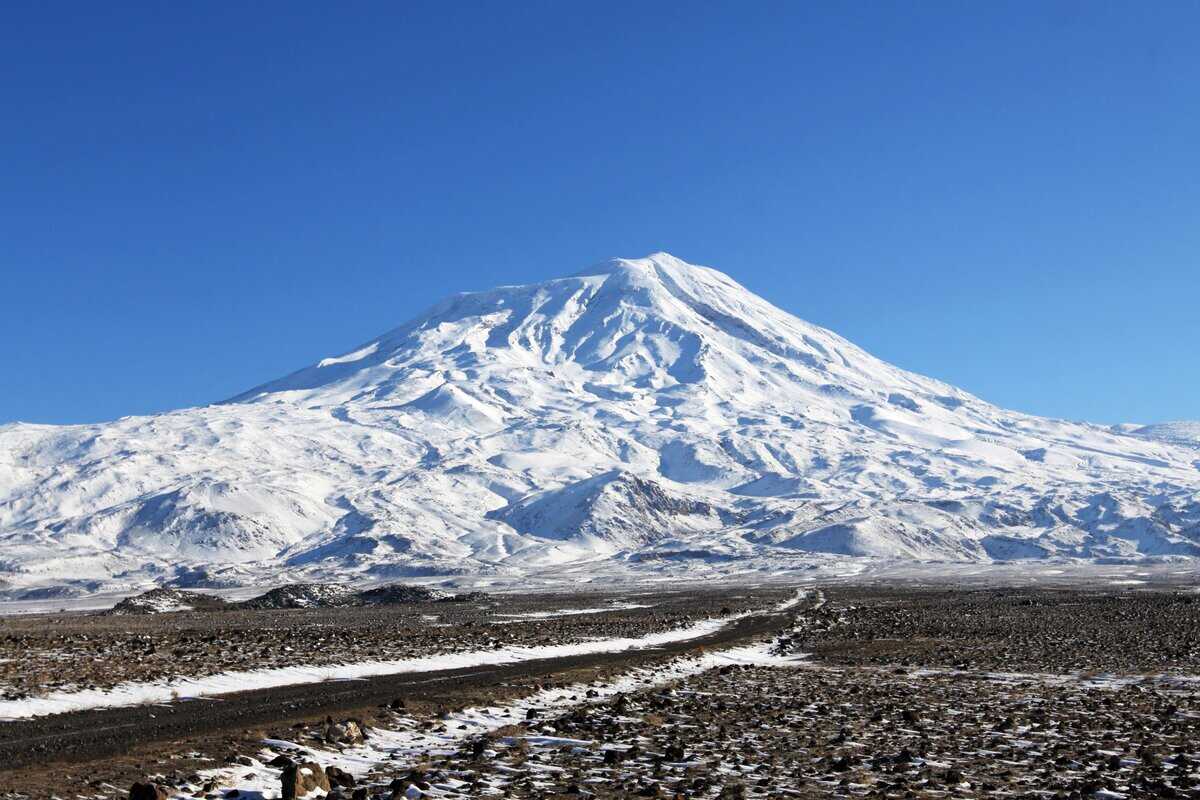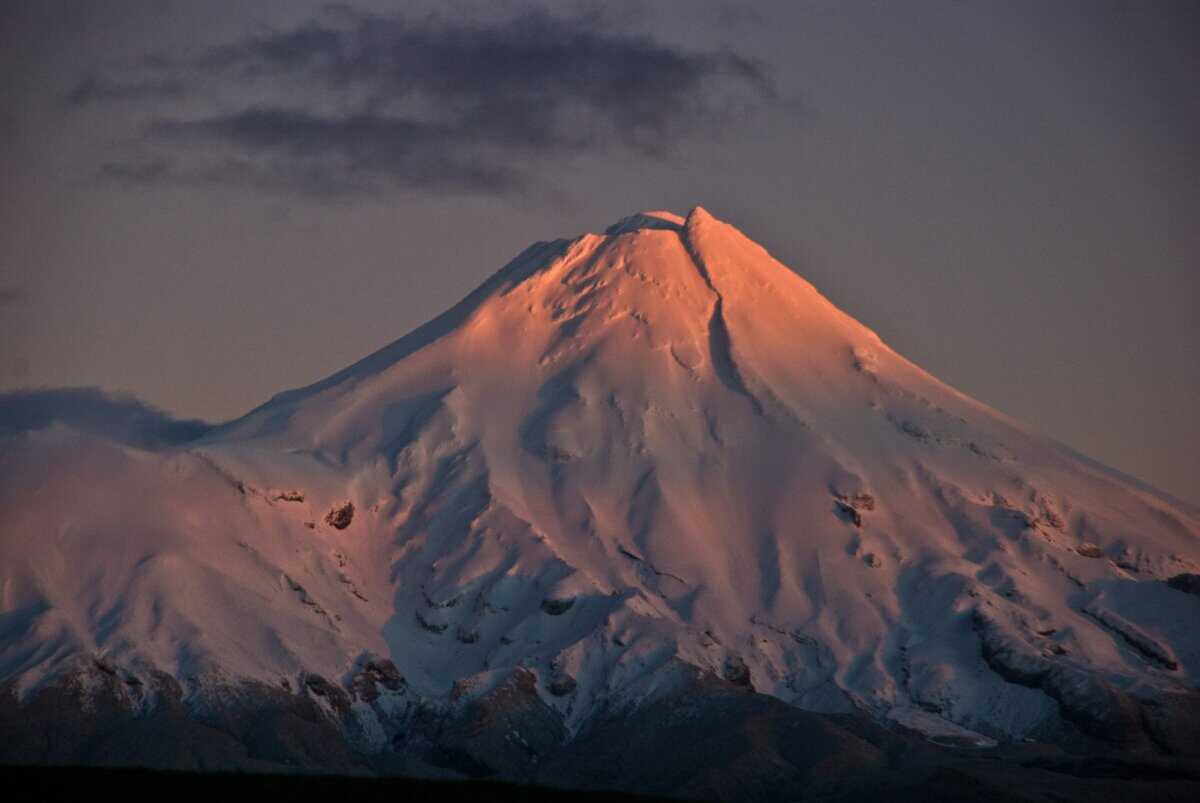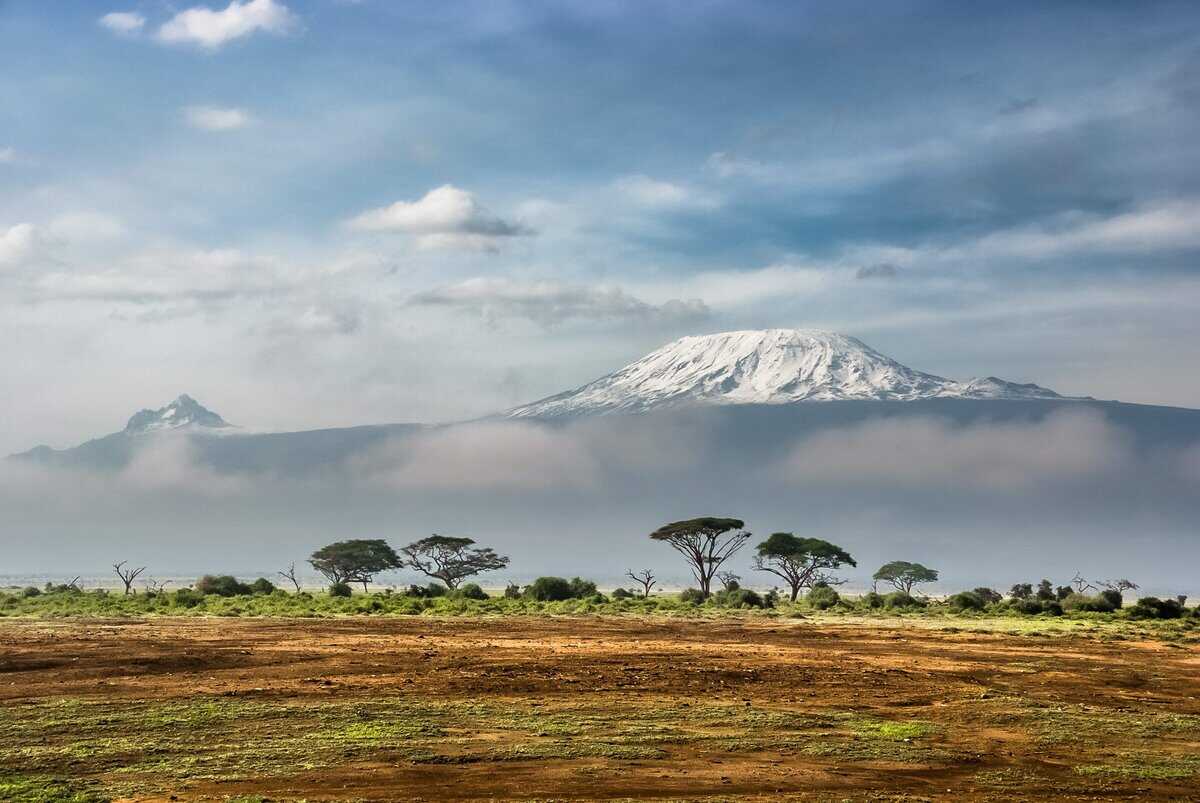Mountains have always held a special place in human imagination. They rise high into the sky, cloaked in clouds, and seem closer to the heavens than the lands below.
For ancient peoples, mountains were not just impressive landscapes but sacred homes where gods and spirits lived.
They became places of worship, fear, and wonder, shaping myths that still echo today.
Let’s explore ten legendary mountains from around the world that were believed to house divine beings.
1. Mount Olympus In Greece
Perhaps the most famous sacred mountain of all, Mount Olympus, was the home of the twelve Olympian gods in Greek mythology.
Zeus, Hera, Poseidon, Athena, and the others were said to dwell in magnificent palaces hidden above the clouds.
To the Greeks, Olympus was not just a peak but a realm where divine decisions were made. From its heights, thunderbolts were thrown, wars were decided, and fates were sealed.
Mortals were forbidden from climbing too high, as the mountain’s sacred air was thought to be deadly to humans.
Olympus symbolized ultimate authority. By placing their gods on its summit, the Greeks reinforced the idea that the divine stood above all earthly matters, watching and guiding from the tallest throne.
2. Mount Kailash In Tibet
In Hindu, Buddhist, Jain, and Bon traditions, Mount Kailash is considered the center of the universe.
Rising in the remote Himalayas, this peak is believed to be the dwelling of Shiva, the great Hindu god of destruction and renewal.
Buddhists see Kailash as the home of Demchok, a deity representing bliss, while Jains revere it as the place where their first spiritual teacher attained liberation.
Pilgrims from across Asia still travel there, circling the mountain in long rituals meant to purify the soul.
Interestingly, the mountain is never climbed, not out of difficulty but because of its holiness. Its untrodden summit reflects its role as a meeting point between earth and heaven, a place too sacred for human conquest.
3. Mount Fuji In Japan
Mount Fuji, with its perfect cone and snowcapped beauty, has long been a symbol of Japan.
In Shinto tradition, it is considered the dwelling place of Konohanasakuya-hime, the goddess of blossoms and life.
The mountain’s volcanic fire connected it to both creation and destruction, reminding people of the dual forces of nature.
Samurai once climbed it to seek strength and purification, while poets and artists celebrated its beauty in verse and painting.
Even today, climbing Mount Fuji is a kind of pilgrimage. For centuries, it has been seen not just as a mountain but as a bridge between humans and divine nature, standing as a majestic reminder of spiritual endurance.
4. Mount Sinai In Egypt
Mount Sinai holds deep importance in the Abrahamic faiths. In the Hebrew Bible, it is the mountain where Moses received the Ten Commandments from God, a moment that shaped religious law for millennia.
To ancient Israelites, the mountain was wrapped in smoke, thunder, and divine presence.
It symbolized a direct link between heaven and earth, a holy place where mortals could hear the voice of the divine.
Pilgrims still visit Mount Sinai today, climbing its rugged paths to witness sunrise from its summit.
The mountain stands as a sacred symbol of revelation, law, and the power of divine encounter.
5. Mount Meru In Hindu And Buddhist Tradition
Mount Meru is not a mountain you can visit on earth, but a cosmic peak central to Hindu and Buddhist cosmology.
It was believed to rise from the very center of the universe, surrounded by rings of continents, seas, and mountains.
In Hindu belief, it was the residence of gods such as Indra, the king of the heavens. In Buddhist cosmology, it stood as the axis of existence, connecting realms of gods, humans, and demons.
The idea of Meru influenced how real mountains were viewed. Sacred peaks across Asia were seen as reflections of this mythical mountain, anchoring the spiritual order of the world.
It was less about geography and more about the divine architecture of existence itself.
6. Mount Etna In Sicily
Mount Etna, one of the most active volcanoes in the world, was feared and revered in Greek and Roman mythology.
It was believed to be the prison of the monstrous Typhon, buried beneath the mountain by Zeus after a fierce battle.
The eruptions were thought to be Typhon’s fiery breath or the forges of Hephaestus, the god of fire and blacksmithing, who was said to have his workshop deep inside the mountain.
For the people of Sicily, Etna was a reminder that the gods and monsters of myth were very much alive beneath their feet.
Its smoking summit symbolized both destruction and creation, a divine forge where the earth itself was reshaped.
7. Mount Parnassus In Greece
Mount Parnassus was sacred to Apollo and the Muses, making it a mountain of art, poetry, and prophecy.
At its base lay the Oracle of Delphi, where priestesses gave cryptic predictions believed to come directly from Apollo. For poets and musicians, Parnassus was a symbol of inspiration.
To climb its slopes was to seek creative fire, to stand in the presence of divine inspiration. It became a metaphor in later culture for the heights of artistic achievement.
The Greeks saw Parnassus as proof that mountains could connect mortals not only to gods but to the very spark of creativity and wisdom.
It was a mountain where divine beauty took the form of music and verse.
8. Mount Ararat In Armenia
Mount Ararat is deeply tied to Biblical tradition as the resting place of Noah’s Ark after the great flood.
Rising majestically in present-day Turkey near the Armenian border, it has long been seen as a mountain of salvation and rebirth.
For Armenians, Ararat is a national symbol, representing both cultural pride and divine presence. Legends speak of it as a place touched by God, chosen to preserve life after destruction.
Its snowcapped peaks and solitary stance in the landscape make it feel almost otherworldly, a natural monument to survival and divine promise.
9. Mount Taranaki In New Zealand
In Māori mythology, Mount Taranaki is a sacred volcano with a story of heartbreak.
The mountain was once believed to have lived near the central peaks of Tongariro, Ruapehu, and Ngauruhoe, but after losing a battle for the love of the beautiful Mount Pīhanga, Taranaki fled west to its current position.
The rivers flowing from Taranaki were seen as his tears, mourning the love he lost. For Māori people, the mountain is a living ancestor, embodying both power and emotion.
Its story shows how mountains were not just seen as homes of gods but as beings themselves, capable of feeling, fighting, and shaping the land with their passions.
10. Mount Kilimanjaro In Africa
In African traditions, Mount Kilimanjaro has been linked to spirits and divine presence.
For the Chagga people of Tanzania, the mountain was believed to be the dwelling of Ruwa, the great sky god, who controlled the rain and fertility of the land.
Its snowy peak, rising above the savannah, seemed to touch the heavens.
Hunters and travelers told stories of spirits who guarded its slopes, warning that disrespecting the mountain could bring misfortune. Kilimanjaro’s grandeur made it a natural throne of the divine.
It was both a source of life, with rivers flowing from its glaciers, and a place of mystery, a reminder of how close the sky gods felt to the people who lived beneath it.

Sempre senti uma forte ligação com o Divino desde o meu nascimento. Como autora e mentora, a minha missão é ajudar os outros a encontrar o amor, a felicidade e a força interior nos momentos mais sombrios.

